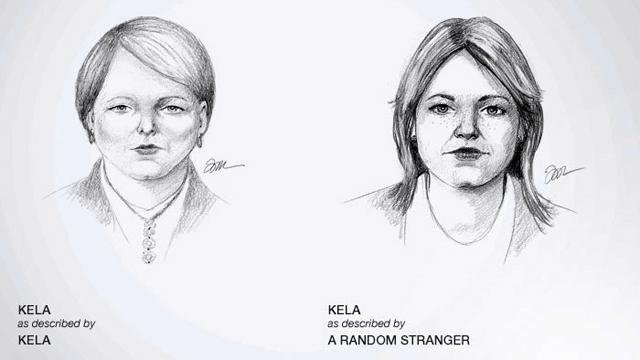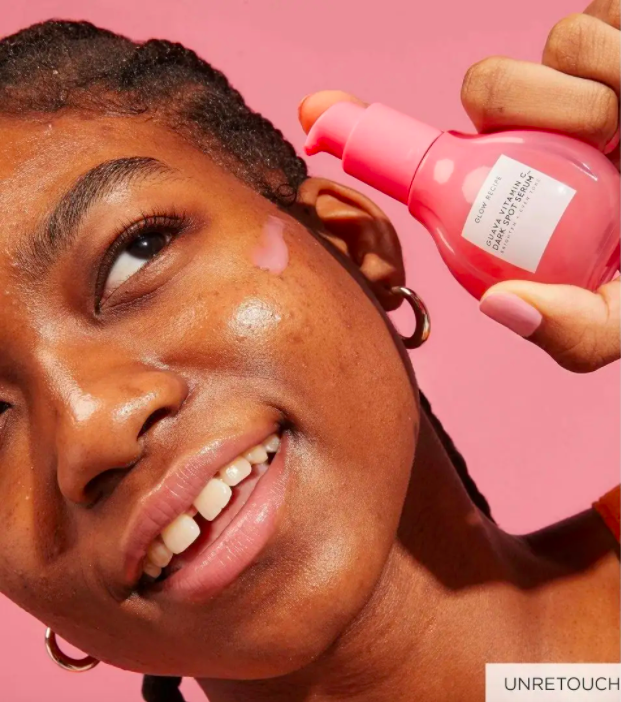Marketing History Series: Dove’s Real Beauty And The Growth of the Body Positivity Movement
Representation of all kinds of bodies is becoming commonplace in marketing and media. People have grown disillusioned with overly photoshopped, seemingly “perfect” models and the unrealistic beauty standards this type of marketing imprints on society, especially the negative effects these ideals have on children. Now “real bodies” are portrayed everywhere from children’s dolls to major fashion houses.
People have been demanding that brands expand their representation for decades. One of the first brands to have done it successfully was Dove, with their “Real Beauty” campaign. The campaign marked them as one of the pioneer brands in the body positivity movement, a representation revolution that is here to stay.
The Real Beginning
Unilever officially launched The Real Beauty campaign in 2004. It was an effort three years in the making, involving creative research in partnership with three-universities, and led by Joah Santos, with creative production from Ogilvy & Mather. The first series of ads in the campaign were billboards featuring 6 curvy women, and it showed immediate interest from the public. Then it extended to TV spots, showing women in their 70s, posing audiences the question, “Wrinkled or Wonderful?, or “Grey or Gorgeous?”
Within six months, Dove already saw a 700% increase in sales. The campaign caused an instant stir, and became a hot topic of discussion on talk shows and media outlets around the world. The media exposure alone was estimated to be 30 times more valuable than the actual paid media.
Never Looking Back
Once “Real Beauty” launched it was a trajectory Dove would not veer away from. In the 18 years since its inception, they have stuck to their mission, "To make women feel comfortable in the skin they are in, to create a world where beauty is a source of confidence and not anxiety."
The brand has become synonymous with representation of every race, size, age and ability. While Dove may have made creative flops during that period - like their ergonomically inconvenient Real Beauty Bottles, overall their marketing challenged an outdated, sexist and unachievable status quo. The ads were showing society what traditional marketing was doing to women’s self image.
One of their most poignant and emotional ads, Real Beauty Sketches, featured a longtime FBI sketch artist drawing women describing themselves, and then drawing how strangers described the women. The result was that the stranger's description was much more attractive than how the women saw themselves. Prior to the 2005 launch of this campaign, company research concluded that only 4% of women thought of themselves as beautiful.
It’s a sad reality, but it sparks an important debate on the media’s role in self-image. While we still see impossible beauty standards across advertising and social media, the body positivity movement is growing louder by the day, inching inclusivity to the norm.
A Lasting Impression
Dove paved the way for many other brands to adopt more realistic representation. As the Body Positivity movement gained traction, children’s brands realized that representation should begin with society’s most impressionable. In 2016, toy giant Mattel released a new line of Barbie dolls, called Fashionistas, that featured dolls of various body shapes, and even a doll in a wheelchair.
But the greatest impact of body positivity is seen amongst beauty and fashion brands. Lingerie and lounge-wear brand, Aerie, uses a mix of traditional fashion models and more “real” women. Third Love, another lingerie brand, uses women of all shapes and sizes to demonstrate their 78 different fits.
In 2020, another skincare giant, Olay, vowed to stop retouching their advertising materials. Starting in 2021, all their marketing began featuring an “Olay Promise” logo, which marked that the photo was not altered in any way.
Korean-American brand, Glow Recipe, once popularized the term “glass skin,” has now vowed to stop using terms like “perfect,” “flawless” and “anti-aging.” Brand co-founder, Christine Change, said “It goes back to our values as a brand, which is being grounded in inclusion and making sure that every one of our customers feels reflected in our marketing, where we’ve never retouched our images and also ask the influencers we work with not to either.”
Dove helped bring the Body Positivity movement to the forefront of society with their pioneering campaign. The brand took a giant leap of faith by challenging decades of ingrained unattainable beauty standards, but the result was a huge marketing success that continues to change the advertising industry.
Now the work of the positivity movement is being championed by Gen Z. The generation, known for its inclusivity and openness are not as accepting of traditional “perfection” advertising, and tend to see right through it. Platforms like TikTok, where Gen Z has the strongest voice, lean on authenticity, acceptance, and mental health vs. false image. As we continue into the future, brands will not only be expected to feature accurate representation in their advertising, it will be a requirement.






